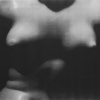Andrea Szilasi
Plotter Prints
Opening: Saturday March 1st, 4 - 6 pm

2014
Photocopy
122 x 91.5 cm / 48 x 36 in

2014
Photocopy
122 x 91.5 cm / 48 x 36 in
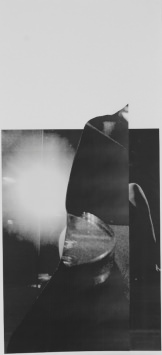
2014
Collage ( photocopy, glue)
91.5 x 43 cm / 36 x 17 in
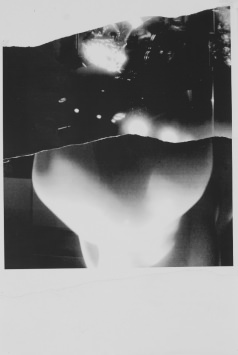
2014
Collage ( photocopy, glue)
62 x 43 cm / 24.5 x 17 in
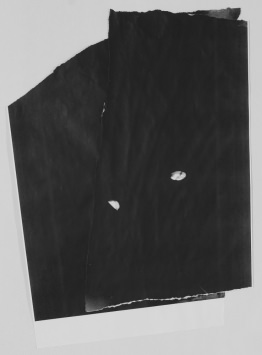
2014
Digital print on photorag paper
67.3 x 50.8 cm / 26.5 x 20 in
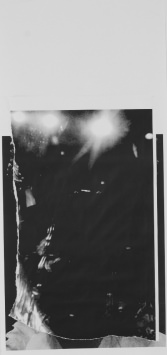
2014
Collage ( photocopy, glue)
91.5 x 43 cm / 36 x 17 in
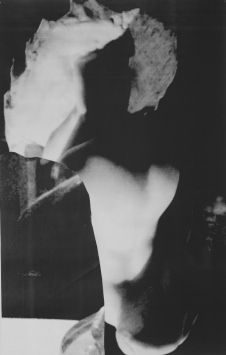
2014
Collage ( photocopy, glue)
56.4 x 36 cm / 22.25 x 14.25 in
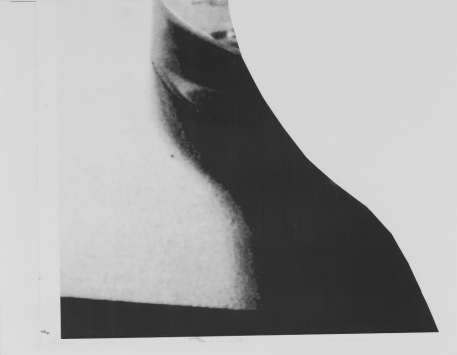
2014
Collage ( photocopy, glue)
34 x 43 cm / 13.25 x 17 in
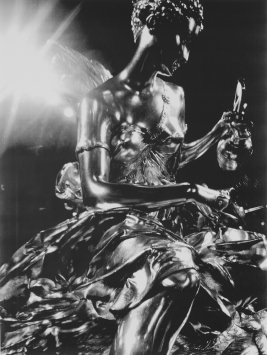
2014
Photocopy
122 x 91.5 cm / 48 x 36 in
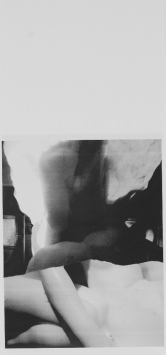
2014
Collage ( photocopy, glue)
91.5 x 43 cm / 36 x 17 in

2014
Photocopy
122 x 91.5 cm / 48 x 36 in
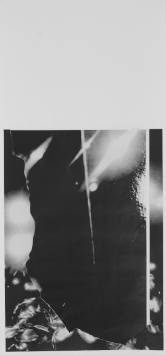
2014
Collage ( photocopy, glue)
91.5 x 43 cm / 36 17 in
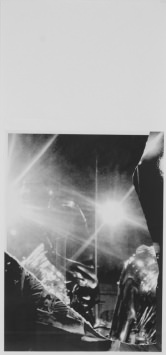
2014
Collage ( photocopy, glue)
91.5 x 43 cm / 36 x 17 in
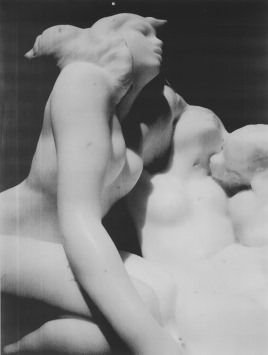
2014
Photocopy
122 x 91,5 cm / 48 x 36 in

2014
Photocopy
122 x 91,5 cm / 48 x 36 in

2014
Digital print on photorag paper
142.3 x 111.7 cm / 56 x 44 in
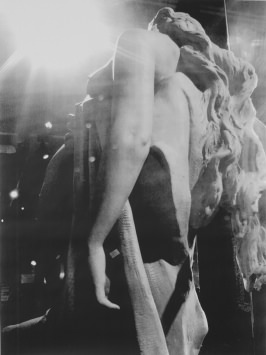
2014
Photocopy
122 x 91.5 cm / 48 x 36 in
« My current series of photographs of museum statues alters our perception of the intended representation of the human body. Taken with my cell phone camera and enlarged as plotter prints (photocopies used by architects for plans), the large-scale, high contrast black and white photographs on cheap paper give a crass quality to the spotlit statues. It appears that they were taken from their respectable institutional home and transposed onto a concert stage or into a strip show. You could say that the breakdown of our expectations is echoed by the deterioration of resolution and detail in the photographic image.
We take for granted the sight of museum visitors photographing exhibition artifacts even though much better quality reproductions of the same works can be found in the museum gift shop or in a book.
The reason of course is obvious, that the act of taking the photograph is a personal kind of flag planting or ownership, proof that you personally experienced it. The cell phone photo is an attestation of your own relationship with the object, as opposed to an anonymous reproduction created by someone else. In this context, the cell phone photos make sense.
They show the statues very differently from the way they would look in an art history book. Through the spontaneous and “low-tech” photos, the statues
News
No news at the moment.
















